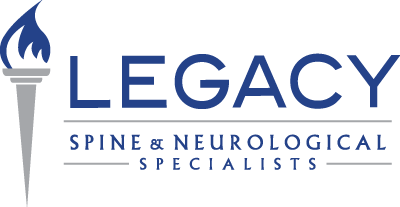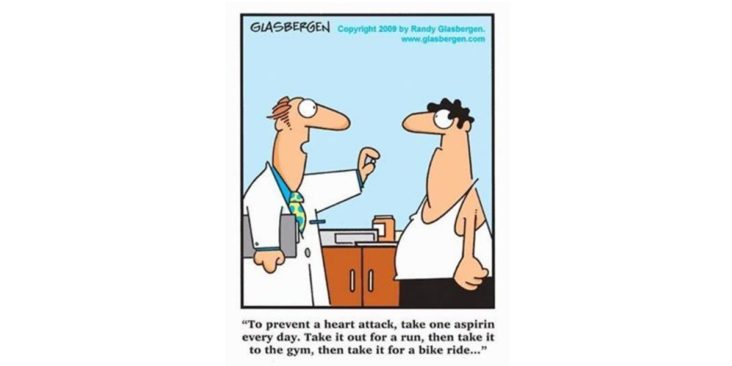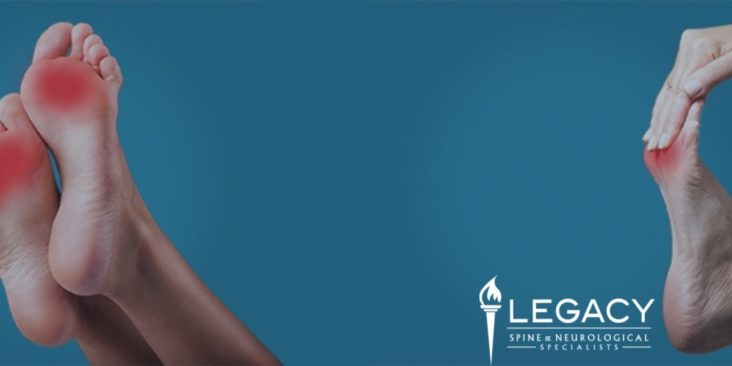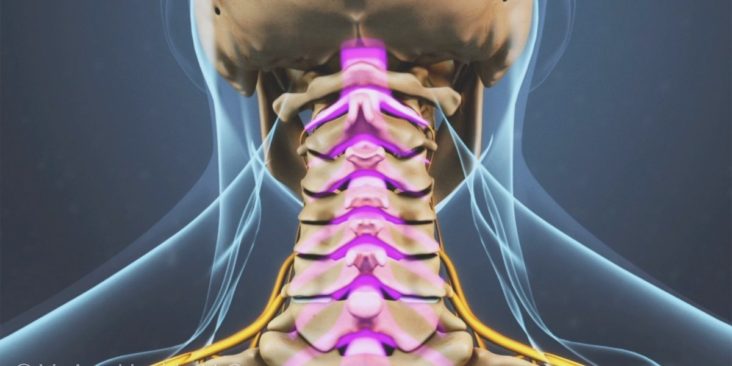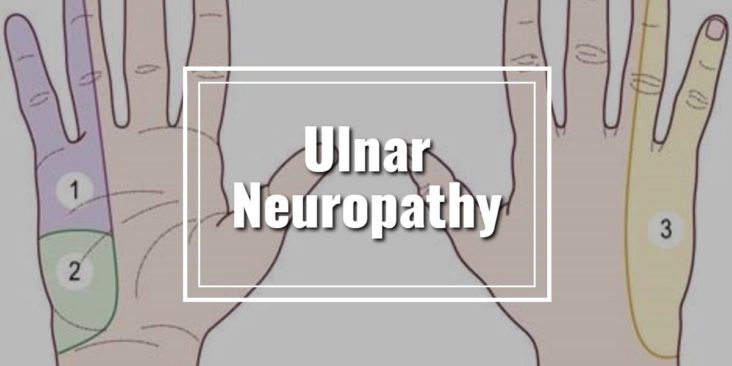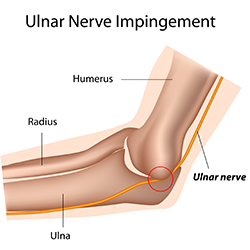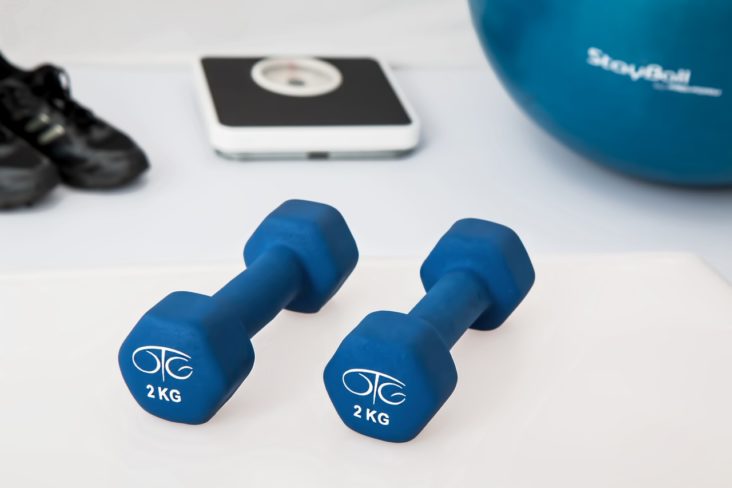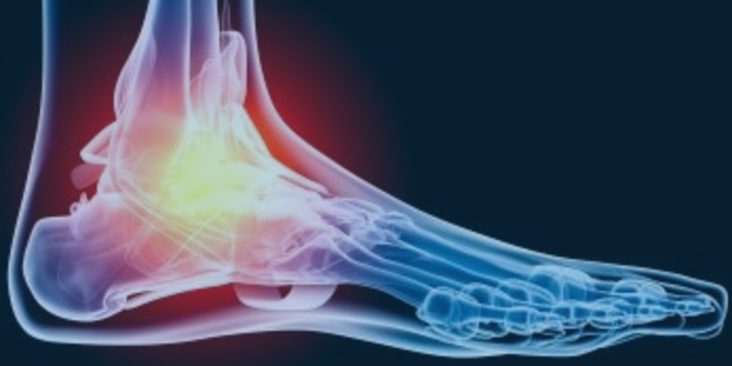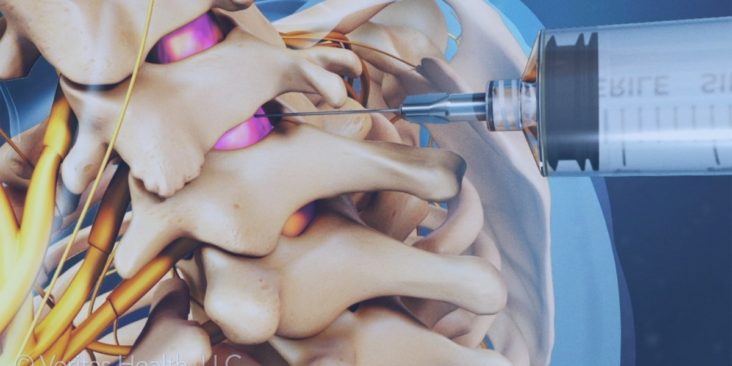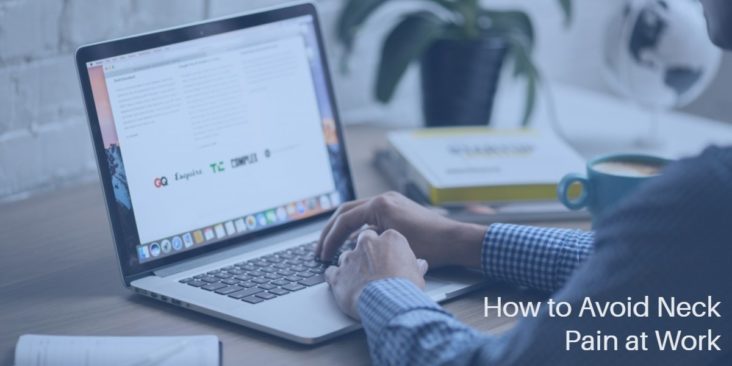The Play by Play
Dustin Johnson is cool under pressure! Despite falling five shots behind Jordan Spieth after five holes Sunday in the Northern Trust, Johnson never panicked.
The seemingly insurmountable deficit was wiped clean in five holes, with Johnson making two birdies and Spieth finding water on the sixth hole for a double-bogey. Spieth, then making another bogey on the ninth. From the 11th on, Johnson out-dueled Spieth and won the opener of the FedExCup Playoffs with two great performances on the final hole.
On the 72nd hole, Johnson, facing a make-or-break situation, buried an 18-footer for par to force a playoff, and then claimed the hardware on the first extra hole, when he unleashed the longest drive on the 18th all week — a 341-yarder that easily cleared the lake — and then struck a 60-degree wedge to 3 feet and made the putt to win.
